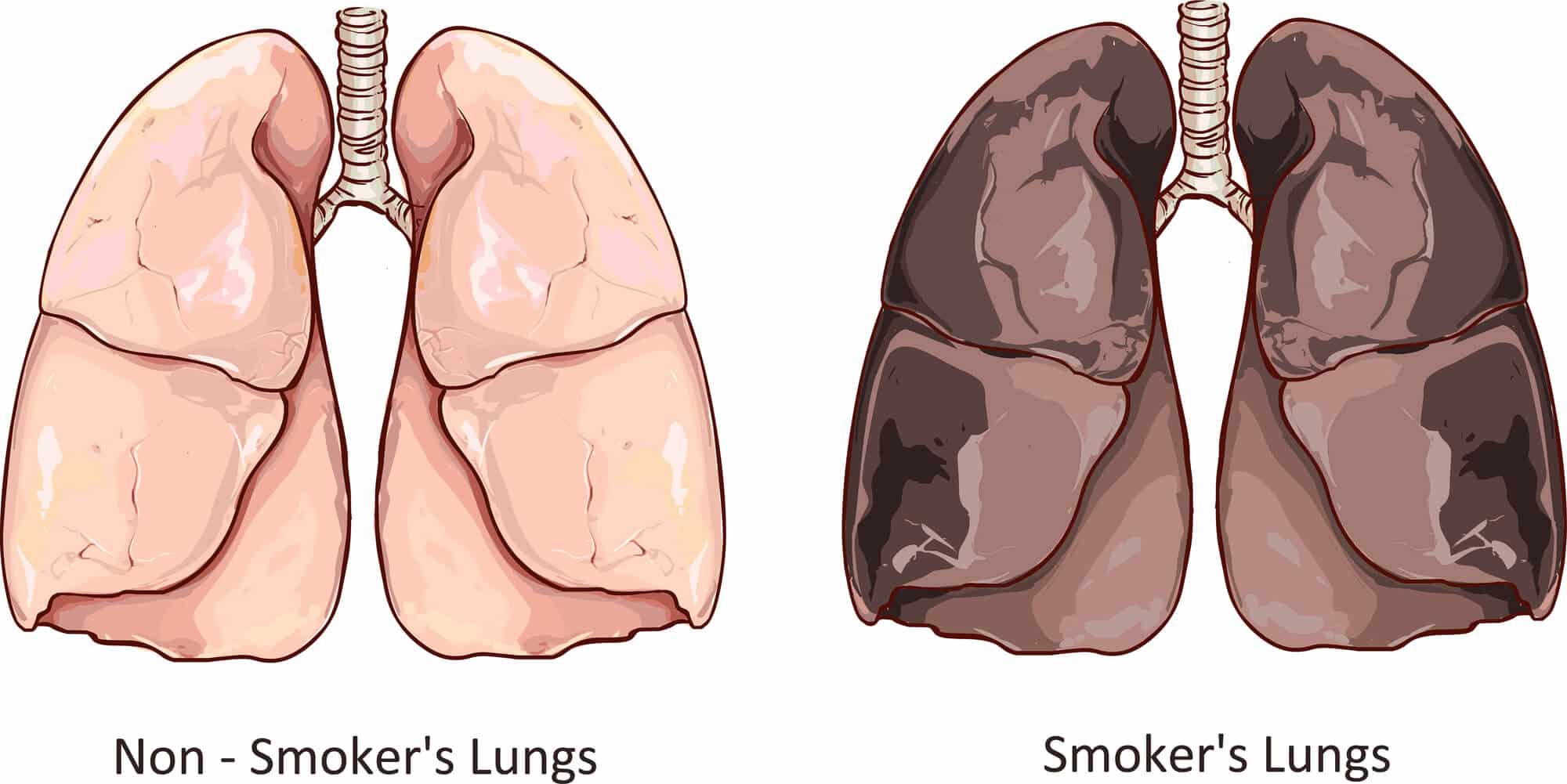Many parents think they are protecting their children by smoking on the balcony or near the bedroom window. But a new study by Tel Aviv University states that contrary to the popular opinion of those parents, restricting smoking to the balcony does not prevent the exposure of most children to the harm of tobacco smoke

Do you smoke? Move 10 meters away from the house
In a unique study, the team of researchers examined the presence of nicotine residues in the hair of children whose parents smoke. Among parents who make sure to smoke on the balcony or outside the house ("balcony smoking"), the findings are extremely alarming: among 6 out of 10 children tested, nicotine residues were found in their hair.
The researchers emphasize: "In the Israeli reality, home balconies should be seen as part of the home environment. Smoking near the window or in another specific place in the house does not protect most children from exposure. Our recommendations are unequivocal: to reduce children's exposure to tobacco smoke - smoking must be completely avoided within 10 meters of the house. Also, in open areas, a distance of at least 10 meters from the children must be maintained."
62% of children of smoking parents are exposed to tobacco smoke
The research was conducted under the leadership of Prof. Leah Rosen from the School of Public Health at the Sackler Faculty of Medicine. Also participating in the study were Prof. David Zucker from the Department of Statistics and Data Sciences, The Hebrew University, Jerusalem, Dr. Shannon Gravely from the Department of Psychology, University of Waterloo, Canada, Dr. Michal Bitan from the Department of Computer Science, College of Management, Dr. Anna Roll from the Department of Health and Environmental Engineering, Johns Hopkins Bloomberg School of Public Health, Baltimore and Dr. Vicki Myers of the Gartner Institute for Epidemiology and Health Policy Research, Sheba Medical Center. The study was published in the journal: International Journal of Environmental Research and Public Health
As part of the study, the team of researchers tested the level of exposure to tobacco smoke in children using a biological marker that measures the presence of nicotine in the hair, which indicates cumulative exposure to tobacco smoke over several months. The data analysis showed that among smoking families who limited smoking to the balcony or outside, and did not smoke indoors, 62% of the children were exposed to tobacco smoke.
It should be noted that in the first phase of the study (published about two years ago), the team of researchers tested in general the presence of nicotine residues among children of smoking parents, and then it was found that 70% of the children of smoking parents are exposed to forced smoking. Now as mentioned, the researchers also looked at the issue by segmenting the smoking place and the data as mentioned are extremely serious.
"The findings of the new study reiterate and sharpen what we have been saying for many years, that smoking outside the home, even when the doors and windows are tightly closed, does not completely protect children from exposure to tobacco smoke," says Prof. Rosen. "In many cases, the balconies in Israel are adjacent to the living areas, which allows smoke to drift from those areas into the interior of the house. Parents mistakenly believe that the balcony offers a 'safe' place to smoke. In practice, the children may be directly exposed when they go out on the balcony and someone smokes there, and the smoke drifts inside the house as well. In addition, the smoke is absorbed in the environment: in furniture, walls or carpets and is slowly released into the air over weeks or months. It is absorbed into the body through ingestion or through the skin, especially among infants and small children. Also, parents who smoke transfer the toxins from tobacco smoke onto their bodies: on their hands, hair, and clothes, so it is advisable to brush your teeth, wash your hands and change your clothes after smoking and before contact with children."
smoke from the neighbors
Prof. Rosen points out that this new information is also directly relevant to the issue of neighbors smoking, which is currently being discussed in the Supreme Court. The petition against the Ministries of the Environment, Health and the Interior seeks to treat smoking entering apartments as an environmental hazard, a claim supported by the definition of an environmental hazard in the Clean Air Law, the Hazard Prevention Law, and the Penal Code.
"The results of this study show that among smoking families, restricting smoking to the balcony does not protect most children from exposure to tobacco smoke. Therefore, the approach of the Ministry of Health does not protect the children of smokers, and also harms the neighbors. We ask the Ministry of Health to reconsider its position in light of these findings," says Prof. Rosen and concludes: "The State of Israel must place the issue of reducing smoking among parents as a national goal and invest the appropriate resources in the matter. Unfortunately, as far as smoking is concerned, there are many misconceptions in the public about when and how exposure occurs. 85% of tobacco smoke is invisible and our sense of smell is not necessarily reliable. Therefore, many parents mistakenly believe that they are protecting their children, but in reality they are exposing them to significant health risks. As a society we must be careful to protect the citizens and keep everyone away from the dangers of tobacco smoke, especially infants, pregnant women and disadvantaged populations."
More of the topic in Hayadan:
